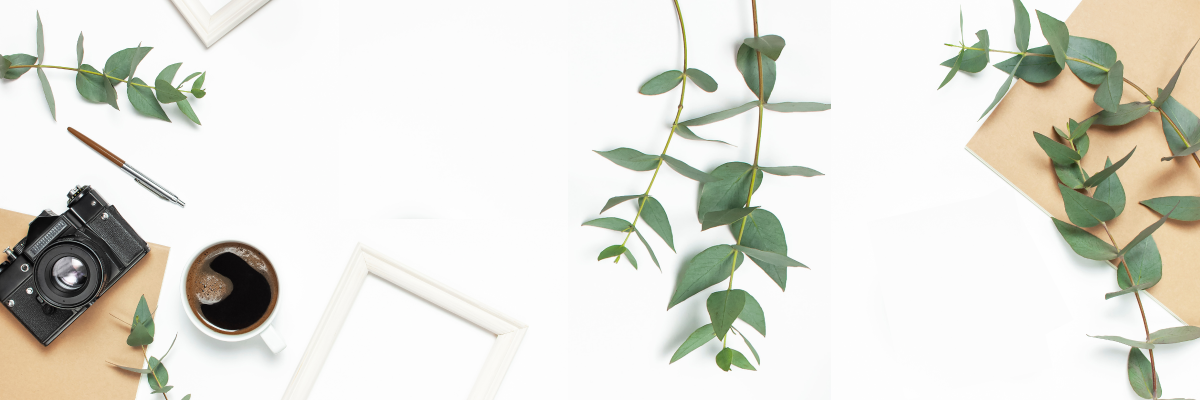Photography is not just about capturing moments; it’s about telling stories through visual art. One of the key elements that can transform a simple snapshot into a captivating masterpiece is composition. Composition in photography refers to how the elements within the frame are arranged to create a visually appealing and impactful image. Understanding the role of composition can take your photography skills to the next level.
Why Composition Matters
Composition is the backbone of any great photograph. It determines how the viewer’s eye moves through the image and what they focus on. A well-composed photograph can evoke emotions, create a sense of balance, lead the viewer’s eye to the main subject, and convey a message effectively. Without thoughtful composition, even the most striking subject may appear dull and uninteresting.
Key Principles of Composition
1. Rule of Thirds
The rule of thirds is a fundamental principle in photography composition. Imagine dividing the frame into a 3x3 grid with two horizontal and two vertical lines. By placing key elements along these lines or at their intersections, you can create a more dynamic and balanced composition.
2. Leading Lines
Leading lines are elements within a photograph that lead the viewer’s eye towards the main subject. They can be roads, rivers, fences, or any other line that directs the viewer’s gaze. Utilizing leading lines can add depth and perspective to your images.
3. Symmetry and Patterns
Symmetry and patterns can create visually appealing compositions. Finding balance and harmony in your images through symmetrical elements or repetitive patterns can make your photos more aesthetically pleasing.
Experiment with Different Angles
Don’t be afraid to experiment with different angles and perspectives when composing your shots. Sometimes, a slight change in angle can completely transform the mood and atmosphere of a photograph. Try shooting from high above, down low, or from unusual angles to add interest to your images.
Negative Space and Composition
Negative space is the area around the main subject in a photograph. Including negative space in your composition can help emphasize the subject, create a sense of tranquility, and give the viewer’s eye room to breathe. Remember, sometimes less is more.
Creating Depth in Your Photos
To add depth to your images, consider incorporating foreground, middle ground, and background elements in your composition. Including layers of depth can create a three-dimensional effect, making your photos more immersive and engaging.
The Golden Ratio
The golden ratio, also known as the golden spiral, is a compositional tool derived from mathematics and found in nature. By placing your main subject or key elements along the spiral, you can achieve a harmonious and visually pleasing composition that draws the viewer in.
Color and Composition
Colors play a vital role in composition. Pay attention to the colors present in your frame and how they interact with each other. Complementary colors can create a vibrant contrast, while monochromatic schemes can evoke a sense of harmony and unity in your photos.
Experimentation is Key
Don’t be afraid to step out of your comfort zone and experiment with different compositional techniques. Photography is a creative art form, and there are no strict rules. Allow yourself to play, learn, and grow as a photographer by exploring new ways to compose your shots.
Practice Makes Perfect
Like any other skill, mastering composition in photography takes practice. Take the time to study the work of renowned photographers, analyze the composition of their images, and apply those principles to your own photography. The more you practice, the more intuitive and natural composition will become.
Final Thoughts: Transforming Your Photos Through Composition
Composition is the secret ingredient that can elevate your photography from good to exceptional. By understanding and applying the principles of composition, you can create visually stunning images that captivate viewers and convey powerful messages. Remember, composition is not just about following rules; it’s about expressing your unique vision and creativity through the art of photography.












